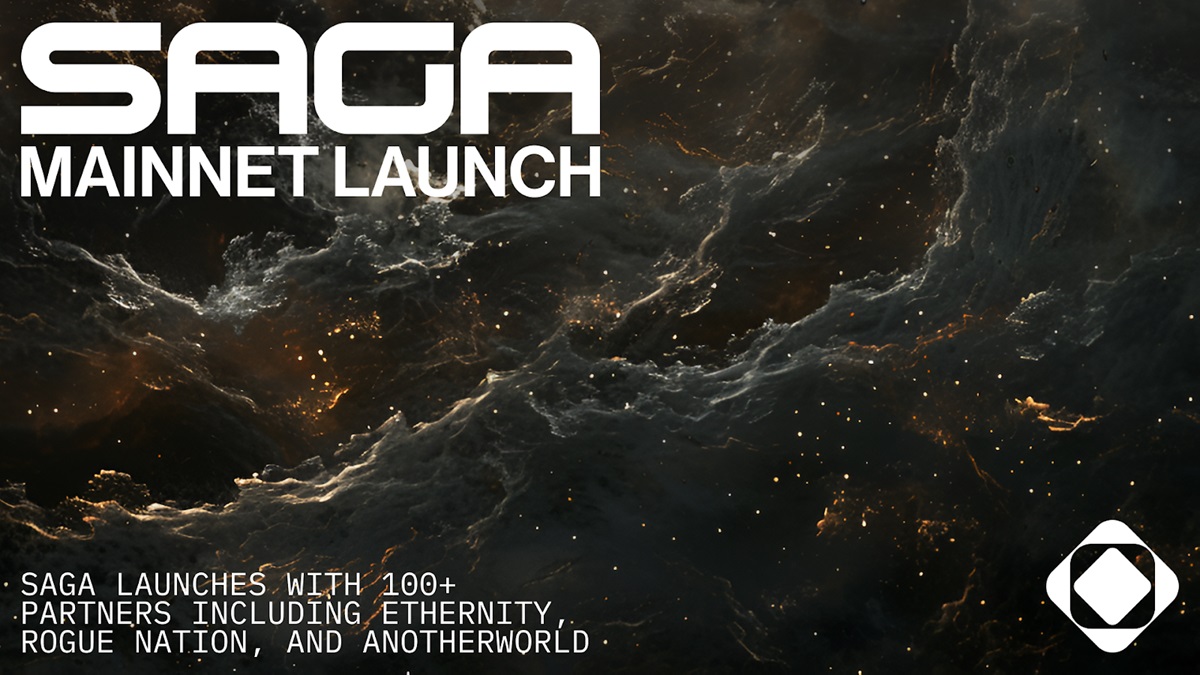The Layer-1 protocol Saga is launching Saga Mainnet Phase One, the beginning of transactions on a blockchain that has more than 350 projects.
This release underscores Saga’s commitment to revamping Web3 infrastructure, offering accessibility, user-friendliness, and scalability. Many of the projects on the network will be games, and Saga promises them negligible gas fees, or computing transaction costs, and a user-friendly experience.

Unlock premium content and VIP community perks with GB M A X!
Join now to enjoy our free and premium membership perks.
![]()

![]()